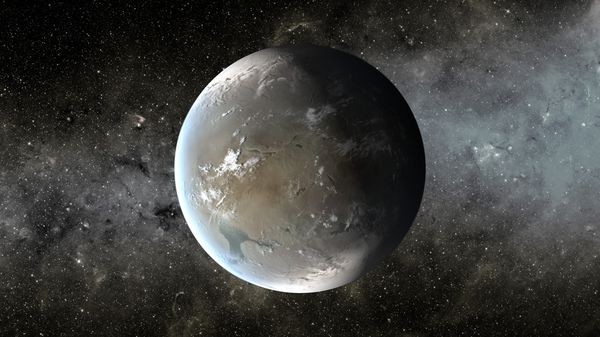Today, NASA will reveal an exciting discovery in regards with Eath-like exoplanets and the search for life in alien worlds.
During a NASA teleconference at 12:00 P.M. EDT, there will be an announcement from the space agency where new findings will be revealed from the Kepler Space Telescope. The announcement will be live online via an audio feed here.
NASA adds that exoplanets before especially those that are similar to Earth were made of science fiction just two decades ago. To date, there are thousands of discoveries leading to astronomers finding an exoplanet with life teeming in it, another Earth.
During this teleconference, participants will include the associate administrator for NASA's Science Mission Directorate, John Grunsfeld; Kepler data analysis leader from NASA's Ames Research Center, Jon Jenkins; Kepler research scientist from the SETI Institute, Jeff Coughlin and a professor of astrophysics from the University of Cambridge, United Kingdom, Didier Queloz.
In 2009, the Kepler Space Telescope was launched at an estimated worth of US $600 million to hunt for exoplanets and study diverse planetary systems in the Milky Way. Its focus nowadays is to search for rocky Earth-like planets that possess a specific distance from their parent star called the Goldilocks zone that can produce liquid water and ultimately life.
However, last May 2013, Kepler abruptly ended its first scientific phase of its mission due to a technical failure where its second of four reaction wheels did not function, which are similar to a gyroscope that maintains Kepler's orbital position.
Since it went back online, the telescope now uses a specific method to detect these potential habitable planets using the transit technique where the telescope observes when a planet is in transit, or passes in front of its parent star, blocking or dimming light as Kepler observes this brightness fluctuation. To date, Kepler has 4,661 planet candidates where 1,028 are confirmed planets.




























